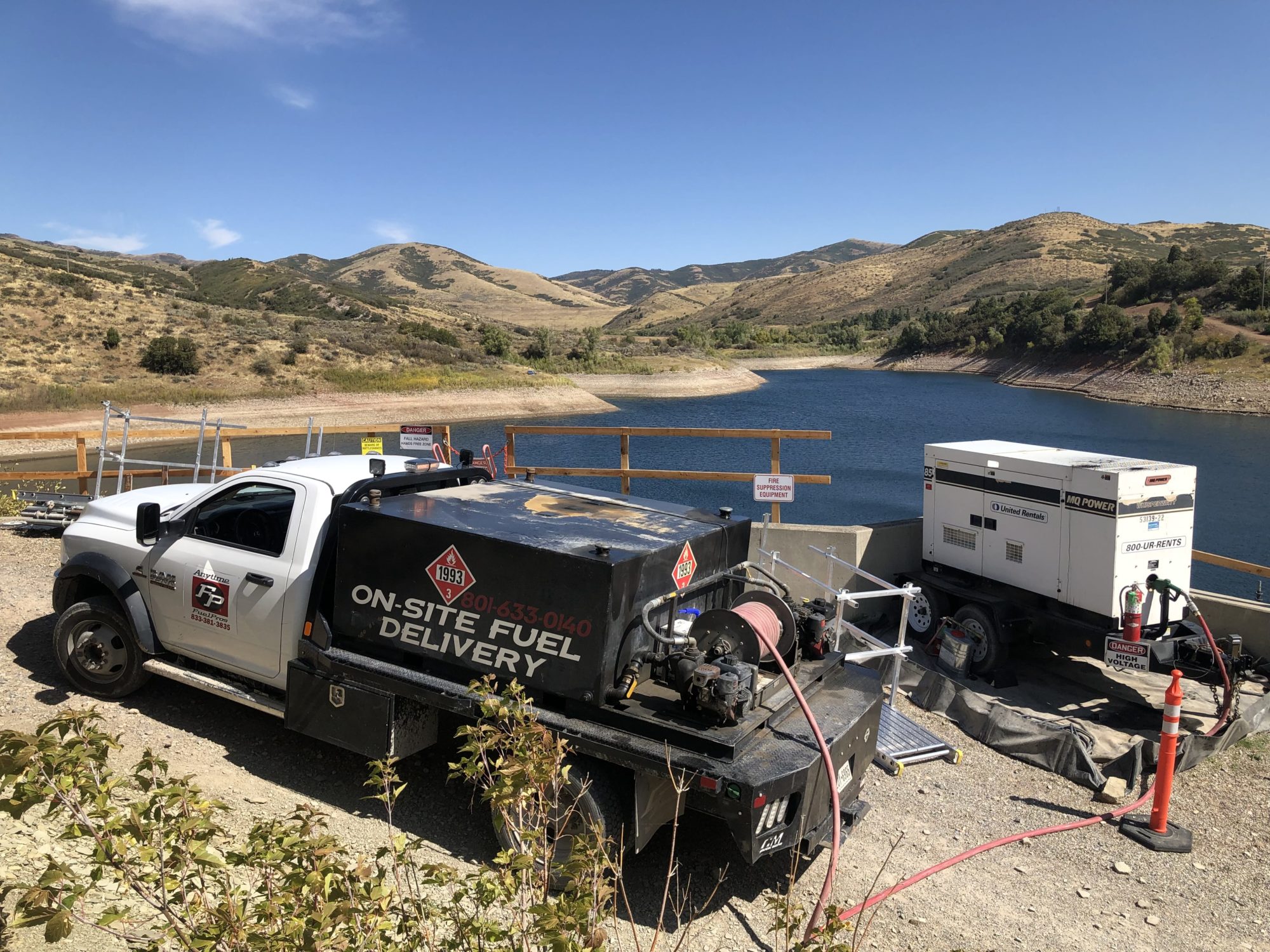
Understanding the intricate distinctions between on-road and off-road diesel is crucial for businesses that rely on diesel fuel. By familiarizing yourself with the nuances of these fuels, you can make informed decisions that benefit both your operations and your bottom line. In this comprehensive guide, we will delve deep into the differences and similarities between these two types of diesel, ensuring you are well-equipped with essential knowledge.
On-Road Diesel: What Is It and How Is It Used?
On-road diesel is the fuel variant tailored for vehicles traversing our public roads and highways. It plays a vital role in the transportation industry and can be highlighted by the following characteristics:
- Availability: This type of diesel is easily accessible, with most fueling stations across the country offering it.
- Usage Restrictions: Vehicles operating on public roads and highways are mandated to use on-road diesel. Its use is regulated to ensure compliance with environmental and safety standards.
- Tax Implications: On-road diesel is subjected to both state and federal taxes. These taxes contribute to the maintenance and development of national infrastructure, including roads and bridges.
Off-Road Diesel: What Is It and How Is It Used?
Off-road diesel, often referred to as ultra-low sulfur diesel or “red diesel” due to its distinctive color, caters to vehicles and equipment that don’t typically operate on public roads. Some of its defining attributes are:
- Limited Availability: Unlike on-road diesel, off-road diesel isn’t available for open sale to the general public. It’s often procured through specialized diesel delivery services.
- Usage Constraints: Employed mainly for industrial equipment and vehicles on private lands or during specific business operations, using this diesel type on public roads can lead to substantial fines, courtesy of stringent federal and state regulations.
| Characteristic | On-Road Diesel | Off-Road Diesel |
|---|---|---|
| Availability | Easily accessible at fueling stations | Procured through specialized diesel delivery services |
| Usage Restrictions | Mandated for vehicles on public roads | Restricted to industrial equipment on private lands |
| Tax Implications | Subject to state and federal taxes | Exempt from state and federal road taxes |
Key Differences Between On-Road and Off-Road Diesel
Even though both on-road and off-road diesels stem from the same chemical base and maintain similar fuel quality, they are set apart by three primary factors: color, cost, and application.
1. Color Variance
The color disparity is one of the most apparent differences. Off-road diesel is tinged red due to a specific dye, making it easily distinguishable. This coloration ensures compliance as it’s simple to identify if a vehicle on public roads is using this fuel variant. In contrast, on-road diesel is transparent, often referred to as “clear diesel.”
2. Cost Implications
The price points for these diesel variants are notably different. Off-road diesel avoids the state and federal taxes that are levied on on-road diesel. This tax exemption results in off-road diesel being a more cost-effective choice, especially beneficial for industries like construction, agriculture, and transportation, which primarily rely on it for powering their equipment and vehicles.
3. Diverse Uses
- On-Road Diesel Applications: This fuel type powers a myriad of vehicles on public roads, including transport trucks, buses, and public transit vehicles.
- Off-Road Diesel Applications: Vehicles and machinery not operating on public roads predominantly use off-road diesel. Examples of such equipment include farm machinery, railroad engines, construction equipment, and electrical power generators.
Final Thoughts
As industries evolve and the demand for diesel fuel remains significant, understanding the subtle and not-so-subtle contrasts between on-road and off-road diesel becomes even more crucial. This knowledge not only ensures compliance with regulations but also helps businesses make informed decisions about their fuel needs. Whether you’re involved in transportation, farming, construction, or any other sector relying on diesel, we hope this guide has provided clarity on these two essential fuel types
Recent Comments